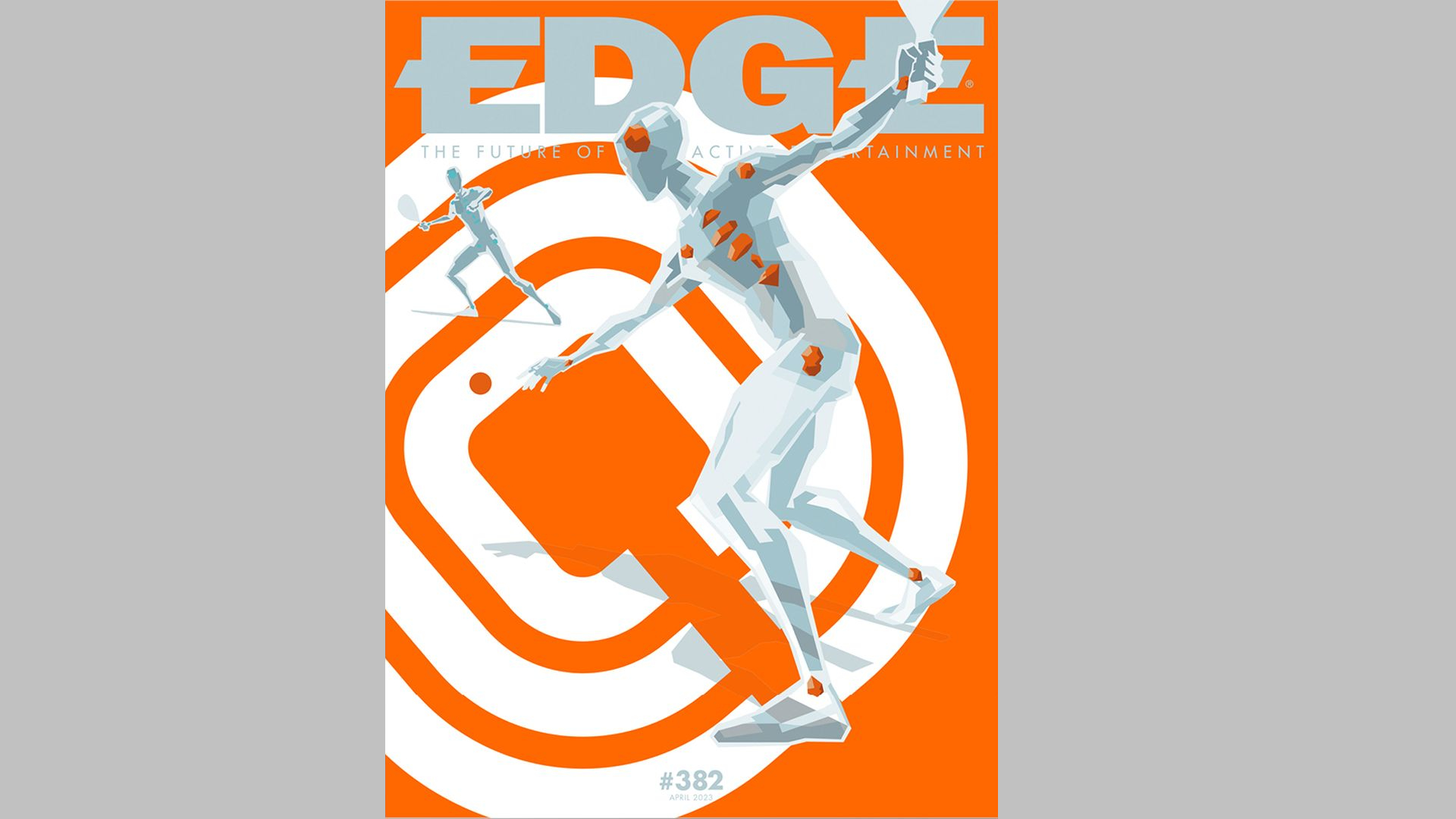Can PSVR2 turn a cult Dreamcast favourite into a breakout hit? In Edge 382, we tell the story behind C-Smash VRS
“Blockbuster videogames constantly make you escape into worlds that want to kill you. We wanted to create a world that is welcoming, even consoling.”

The late years of Sega’s fondly remembered but ill-fated Dreamcast were defined by a string of thrilling experiments: the kind of games that ensured the console’s legacy would endure. 2001 saw the release of Tetsuya Mizuguchi’s seminal rail shooter Rez, but arriving just a few short weeks before, a faithful port of Sega coin-op Cosmic Smash – a futuristic fusion of squash and Breakout – soon became something of a cult favourite.
More than two decades on, it’s set for a new lease of life on PSVR2, courtesy of filmmaker Jörg Tittel and a dream team of musicians and designers. Edge 382’s cover feature outlines the story behind this unlikely revival – and, in conversation with executive producer Kenji Sasaki, founder of Sega Rosso, the internal development team which birthed the original – how Cosmic Smash itself came to be.
We go hands-on with C-Smash VRS, and discover it’s a perfect fit for VR – just as Tittel always imagined it would be upon playing its predecessor 20 years ago. We talk to the man behind this passion project, and several of the team he has assembled to bring it back, including graphic designer Cory Schmitz and DJ and record producer Ken Ishii – perhaps best known to videogame fans for his ‘Creation The State Of Art’, which plays during the third level of Rez.
The game has been designed, Tittel says, to recapture the independent spirit of the Dreamcast era – which explains why its world, sitting at the end of time and space, has such a hopeful, convivial ambience. “You would try to be good to yourself and to each other, hanging out, listening to music, having a good time. That’s what it felt like to be a Sega player as a kid.”
C-Smash VRS isn’t the only PSVR2 game we’ve spent time with this month: in Knowledge, we run the rule over the hardware and launch line-up to see how the headset measures up to its competitors. And there’s a distinct Sega flavour elsewhere in the magazine, too. We revisit what should have been Kazuma Kiryu’s swan song with a Time Extend on Yakuza 6: The Song Of Life, only to find him make a reappearance – or at least his voice and likeness – in our review of Like A Dragon: Ishin.
That verdict heads up a Play section which also delivers reviews of Hi-Fi Rush, Dead Space, Forspoken, The Pale Beyond and more. In Hype, we look forward to SteamWorld Build, Skate Story, The Last Case Of Benedict Fox and Pacific Drive, among others. In features, adventure game pioneer Roberta Williams looks back on her groundbreaking career, while Dave Gilbert tells us how he parlayed a passion for point-and-click into a career with Wadjet Eye Games. All this and much more awaits in Edge 382, which you can purchase at UK retailers now, or by ordering online here.
Sign up to the GamesRadar+ Newsletter
Weekly digests, tales from the communities you love, and more
Edge magazine was launched in 1993 with a mission to dig deep into the inner workings of the international videogame industry, quickly building a reputation for next-level analysis, features, interviews and reviews that holds fast nearly 30 years on.



